Cian M Scannell
CardiSort: a convolutional neural network for cross vendor automated sorting of cardiac MR images
Sep 17, 2021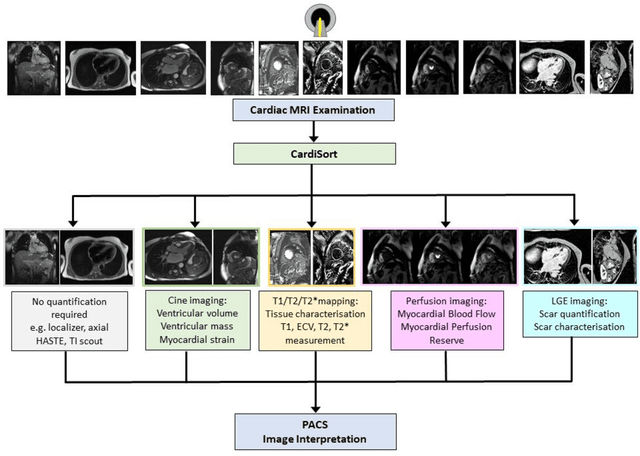
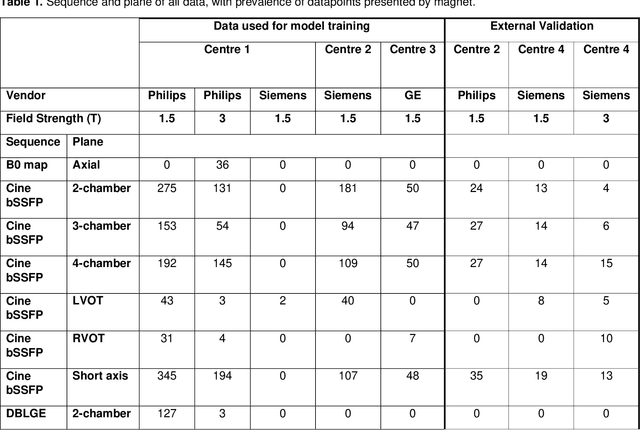
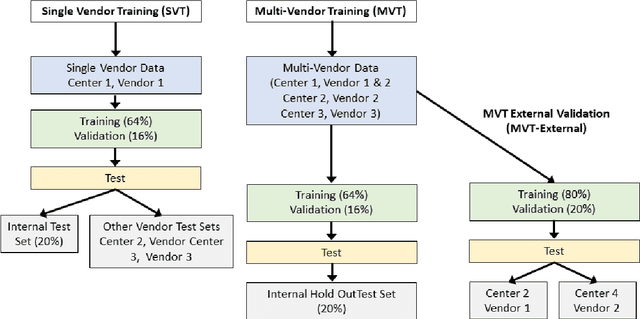
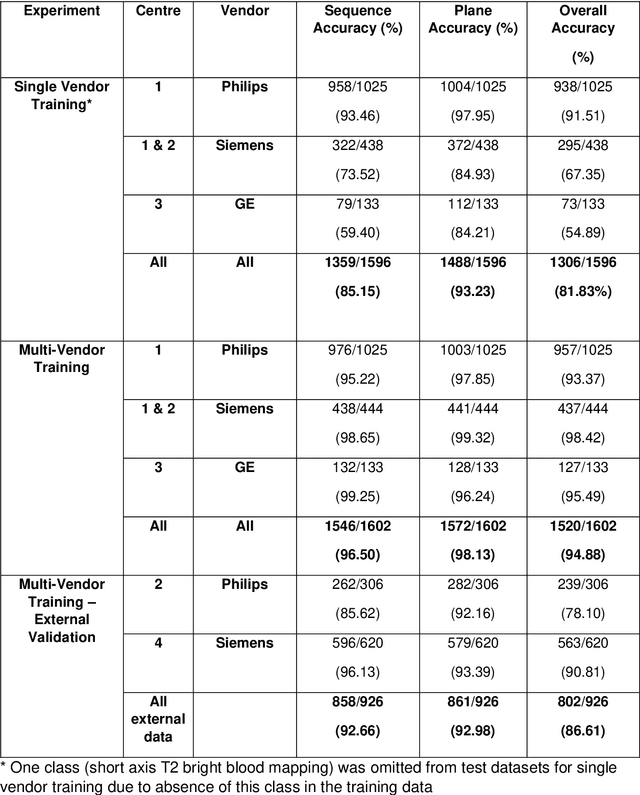
Abstract:Objectives: To develop an image-based automatic deep learning method to classify cardiac MR images by sequence type and imaging plane for improved clinical post-processing efficiency. Methods: Multi-vendor cardiac MRI studies were retrospectively collected from 4 centres and 3 vendors. A two-head convolutional neural network ('CardiSort') was trained to classify 35 sequences by imaging sequence (n=17) and plane (n=10). Single vendor training (SVT) on single centre images (n=234 patients) and multi-vendor training (MVT) with multicentre images (n = 479 patients, 3 centres) was performed. Model accuracy was compared to manual ground truth labels by an expert radiologist on a hold-out test set for both SVT and MVT. External validation of MVT (MVTexternal) was performed on data from 3 previously unseen magnet systems from 2 vendors (n=80 patients). Results: High sequence and plane accuracies were observed for SVT (85.2% and 93.2% respectively), and MVT (96.5% and 98.1% respectively) on the hold-out test set. MVTexternal yielded sequence accuracy of 92.7% and plane accuracy of 93.0%. There was high accuracy for common sequences and conventional cardiac planes. Poor accuracy was observed for underrepresented classes and sequences where there was greater variability in acquisition parameters across centres, such as perfusion imaging. Conclusions: A deep learning network was developed on multivendor data to classify MRI studies into component sequences and planes, with external validation. With refinement, it has potential to improve workflow by enabling automated sequence selection, an important first step in completely automated post-processing pipelines.
Automated quantitative analysis of first-pass myocardial perfusion magnetic resonance imaging data
May 10, 2021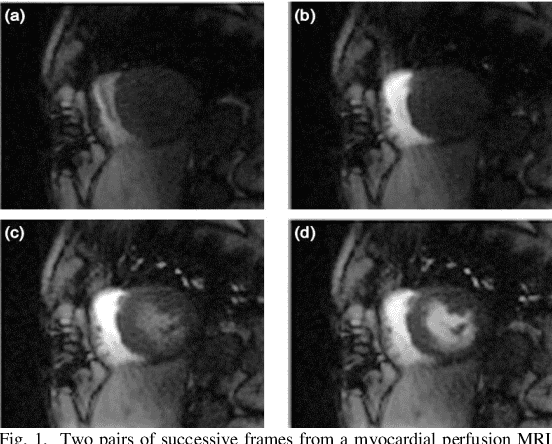
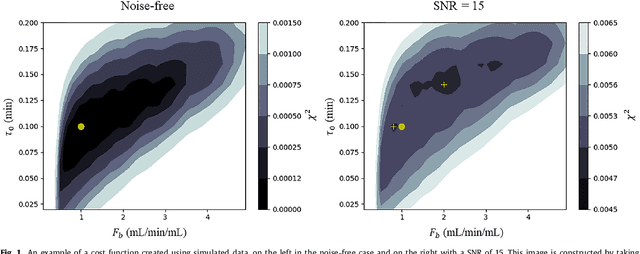

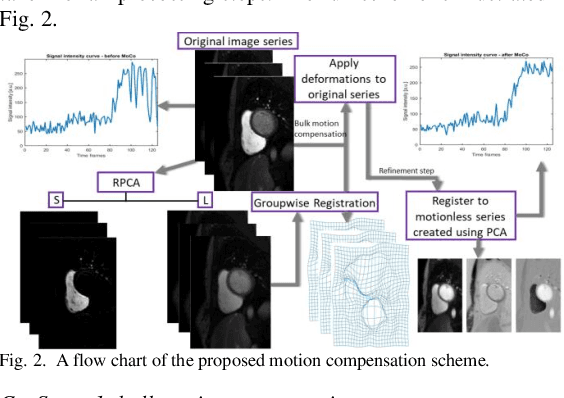
Abstract:Coronary artery disease (CAD) remains the world's leading cause of mortality and the disease burden is continually expanding as the population ages. Recently, the MR-INFORM randomised trial has demonstrated that the management of patients with stable CAD can be guided by stress perfusion cardiovascular magnetic resonance (CMR) imaging and it is non-inferior to the using the invasive reference standard of fractional flow reserve. The benefits of using stress perfusion CMR include that it is non-invasive and significantly reduces the number of unnecessary coronary revascularisations. As compared to other ischaemia tests, it boasts a high spatial resolution and does not expose the patient to ionising radiation. However, the main limitation of stress perfusion CMR is that the diagnostic accuracy is highly dependent on the level of training of the operator, resulting in the test only being performed routinely in experienced tertiary centres. The clinical translation of stress perfusion CMR would be greatly aided by a fully automated, user-independent, quantitative evaluation of myocardial blood flow. This thesis presents major steps towards this goal: robust motion correction, automated image processing, reliable quantitative modelling, and thorough validation. The motion correction scheme makes use of data decomposition techniques, such as robust principal component analysis, to mitigate the difficulties in image registration caused by the dynamic contrast enhancement. The motion corrected image series are input to a processing pipeline which leverages the recent advances in image processing facilitated by deep learning. The pipeline utilises convolutional neural networks to perform a series of computer vision tasks including myocardial segmentation and right ventricular insertion point detection...
 Add to Chrome
Add to Chrome Add to Firefox
Add to Firefox Add to Edge
Add to Edge